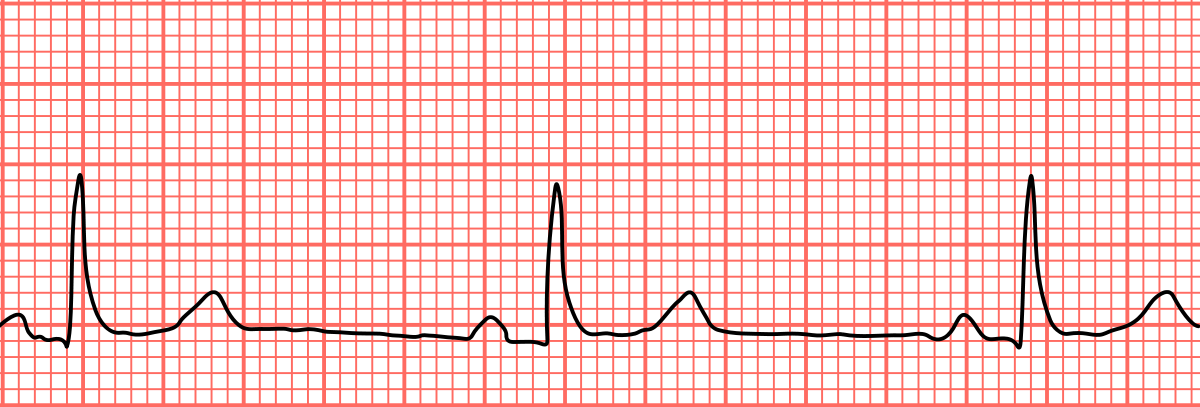Prescribing Cascade in Cardiology Practice
Editor's Note: Please see the associated Expert Analysis on the same topic here.
An 87-year-old female resident of a long-term care home with osteoarthritis, chronic obstructive pulmonary disease and moderate severity Alzheimer's disease is sent to you for an initial consultation. She was referred by an emergency department physician for evaluation of recurrent syncope and bradycardia. The patient has had several recent episodes of syncope. One episode resulted in a fall with a leg injury that prompted her transfer to the emergency room to rule out a hip fracture. She has also been noted to have bradycardia on multiple occasions by the nursing staff at her long-term care home. Nursing staff records also document that she has experienced diarrhea and lost 10 pounds over the past year.
Her medications include tiotropium, salbutamol, vitamin B12, a nonsteroidal anti-inflammatory drug (NSAID), donepezil, and loperamide as needed for diarrhea. She was not on any medication that affects AV node conduction.
On physical exam, she is frail and thin and can provide only limited historical detail due to her cognitive impairment. She appears fatigued. While supine, her pulse is 45 beats per minute and regular and her blood pressure is 115/80 mmHg. There is no change in heart rate or fall in blood pressure after standing for one minute. Her cardiac exam is unremarkable with JVP 2 cm above the sternal angle and normal S1 and S2 with no extra sounds or audible murmurs. General medical examination is notable only for bruising over her right hip at the site of her recent fall.
Recent laboratory results show a normal hemoglobin, normal electrolytes, normal creatinine of 0.8 mg/dL, and normal TSH. Her EKG (Figure 1) shows sinus bradycardia with a heart rate of 43 beats per minute and no evidence of intraventricular conduction defects. An x-ray of the hip shows no fracture.
Figure 1: An EKG illustrating sinus bradycardia.
Which of the following is the next step in the management of her bradycardia and syncope?
Show Answer

